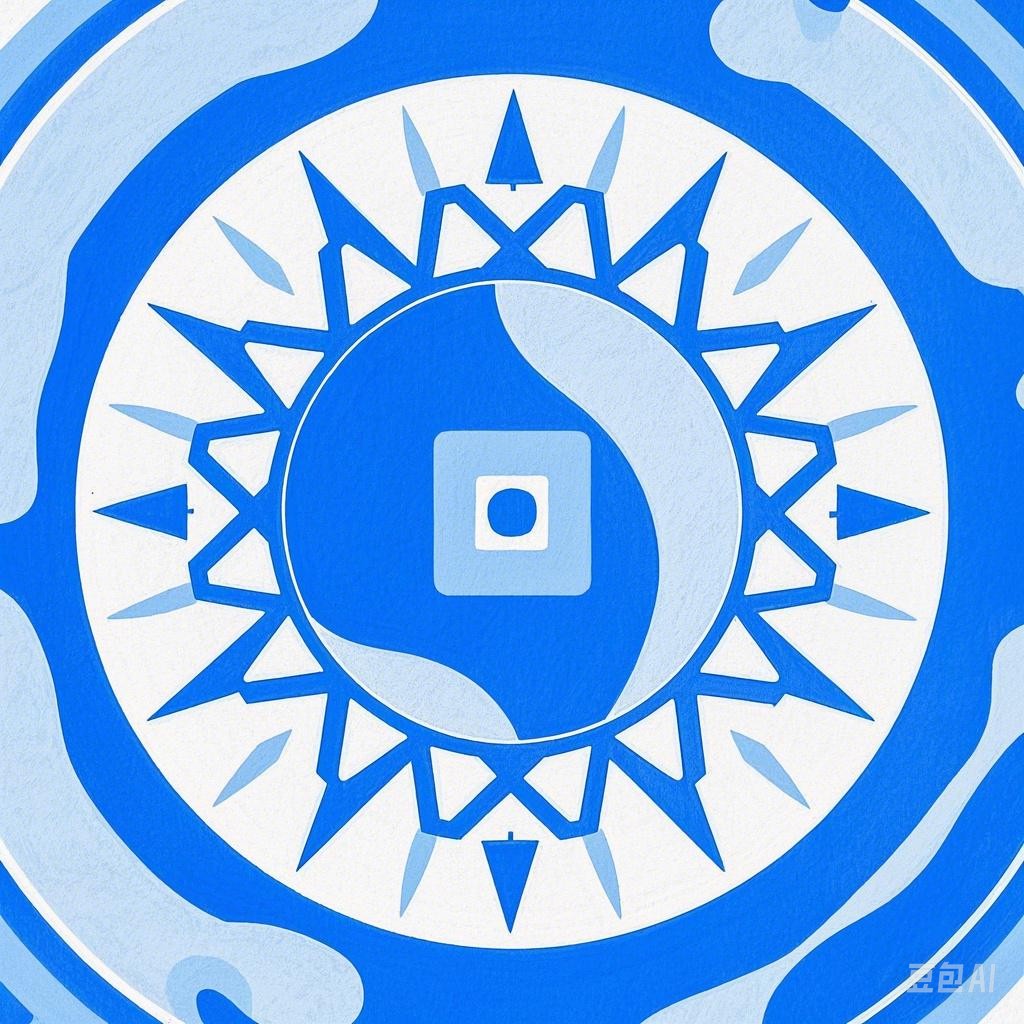China, with its rich history and diverse ethnic groups, boasts a vibrant and colorful tapestry of festivals and celebrations. Each festival is steeped in tradition, history, and cultural significance, offering a glimpse into the heart of Chinese society. This article aims to explore some of the most prominent festivals in China, their origins, customs, and the cultural impact they have on the nation.
Spring Festival (Chinese New Year)
Origins and Significance
The Spring Festival, also known as Chinese New Year, is the most important and widely celebrated festival in China. It marks the beginning of the lunar new year and is typically held in late January or early February. The festival is rooted in ancient agricultural practices and is associated with the worship of gods and ancestors.
Customs and Traditions
- Red Decorations: Red, symbolizing luck and joy, is the predominant color during the festival. Homes are adorned with red lanterns, couplets, and paper cuttings.
- Reunion Dinner: Families gather for a lavish feast, symbolizing abundance and family unity.
- Fireworks and Firecrackers: These are set off to ward off evil spirits and welcome the new year.
- Gifts: Red envelopes containing money are given to children and the elderly as a symbol of good fortune.
Modern Impact
Today, the Spring Festival is a time for celebration, with millions of people traveling across the country to reunite with their families. It has also become a major tourist attraction, drawing visitors from around the world.
Dragon Boat Festival
Origins and Significance
The Dragon Boat Festival is held on the fifth day of the fifth lunar month, usually in June. It commemorates the death of Qu Yuan, a poet and statesman who drowned himself in the Miluo River to protest corruption in the state. People race dragon boats and eat zongzi, sticky rice dumplings wrapped in bamboo leaves.
Customs and Traditions
- Dragon Boat Races: These races are a highlight of the festival, with teams of rowers racing long boats while the audience cheers them on.
- Zongzi: These rice dumplings are offered to Qu Yuan and are a traditional food of the festival.
- Sitting in the Middle of the River: This practice is believed to prevent evil spirits from attacking the people.
Modern Impact
The Dragon Boat Festival continues to be an important cultural event, with dragon boat races held in various parts of the world. It is also a time for people to honor their ancestors and celebrate their cultural heritage.
Mid-Autumn Festival
Origins and Significance
The Mid-Autumn Festival is held on the 15th day of the eighth lunar month, usually in September. It is a time to celebrate the harvest and to appreciate the moon. It is also a time for family reunions and the worship of the moon god.
Customs and Traditions
- Mooncakes: These sweet pastries are a traditional food of the festival and are often given as gifts.
- Moon Viewing: Families gather to admire the full moon and enjoy the night sky.
- Lanterns: These are released into the sky to symbolize good wishes and the hope for a prosperous year.
Modern Impact
The Mid-Autumn Festival is a time for people to gather with family and friends, share mooncakes, and enjoy the beauty of the moon. It is also a time for people to reflect on their lives and appreciate the things they have.
Lantern Festival
Origins and Significance
The Lantern Festival is held on the 15th day of the first lunar month, marking the end of the New Year celebrations. It is a time to honor the god of lanterns and to showcase the beauty of lanterns.
Customs and Traditions
- Lantern Display: Various types of lanterns are displayed in cities and towns, with some being as large as houses.
- Dragon and Lion Dances: These traditional dances are performed to bring good luck and fortune.
- Fireworks: Fireworks are set off to celebrate the end of the New Year.
Modern Impact
The Lantern Festival is a time for people to celebrate the end of the New Year and to look forward to the year ahead. It is also a time for people to enjoy the beauty of lanterns and the excitement of the dragon and lion dances.
Conclusion
China’s festivals and celebrations are a testament to the nation’s rich cultural heritage. Each festival has its own unique customs, traditions, and significance, and together they create a vibrant tapestry that reflects the diversity and depth of Chinese culture. Whether it is the excitement of the Spring Festival, the reverence of the Dragon Boat Festival, the togetherness of the Mid-Autumn Festival, or the beauty of the Lantern Festival, these festivals continue to be an integral part of Chinese life and identity.
